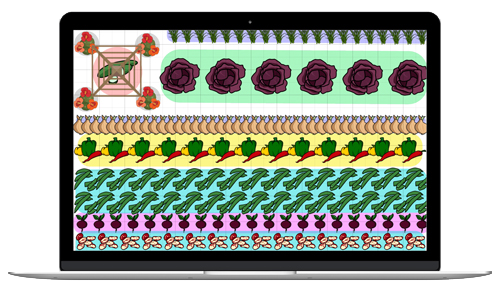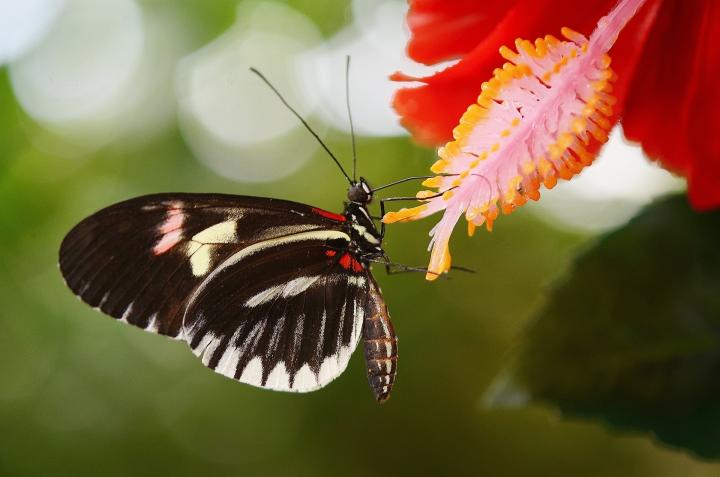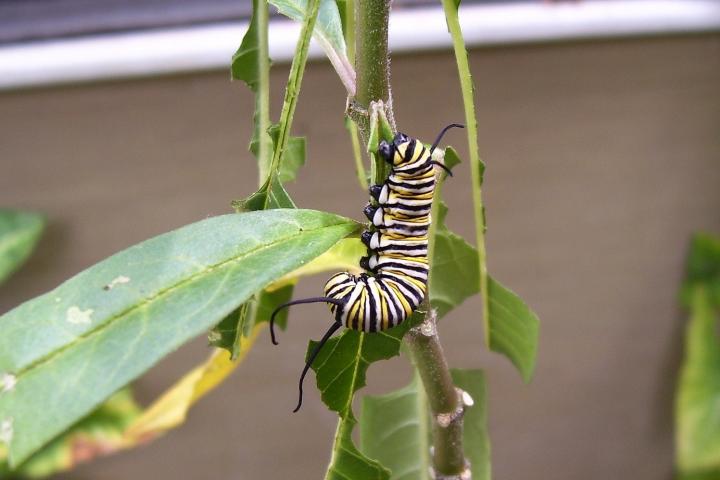
Butterflies are always looking for nectar, so if you can provide the tastiest meal, you can keep them around!
Grow Your Own Butterfly Garden
The Almanac Garden Planner - Use It Free for 7 Days!
Plan your 2025 garden with our award-winning Garden Planner.
ADVERTISEMENT
In Southern California I was told to refrain from planting fennel, Buddleia, Tropical Milkweed, non-native ornamental grasses, thistles and mustard plants. All these plants are invasive and are taking over native landscapes and hillsides. Daisy like plants are good for butterflies. The like open flowers as opposed to those that are the double flower type.
Swallowtail butterflies seem to love my parsley plants. They're easy to grow and you can plant enough to share.
We love to hear that! What is your favorite way to use your parsley in the kitchen?
Bronze fennel - the Black Swallowtails lay eggs on mine every year and it's a very easy plant to grow.
I have a lot of native pollinators in my GA yard. I would like to add Anise Hyssop to the list. It is a pollinator magnet for bees and butterflies. It is a beautiful flower with a beautiful scent!
Butterflies love verbena, although my husband does not. I have it in only one place as it spreads quickly. But butterflies and bees all come to it.
Tithonia (aka "Mexican sunflower") draws butterflies like a magnet. It comes in several heights and a variety of shades of orange.
I would not advise people to plant butterfly bush for pollinator value. It easily spreads by seed, invading riparian areas and displacing native flowering plants that pollinators rely on. It's considered a noxious weed in multiple states.
There are many sterile butterfly bushes on the market right now. They don't spread seeds and aren't invasive. The ones I planted are all sterile; they include Butterfly Bush Pink Cascade, Miss Violet, Miss Molly, and Prince Charming. The Prince Charming is a beautiful red butterfly bush! My neighbor has Butterfly Bush Pugster in a planter - it's a miniature butterfly bush and also sterile.
Where can I get a butterfly bush for a planter, please?












